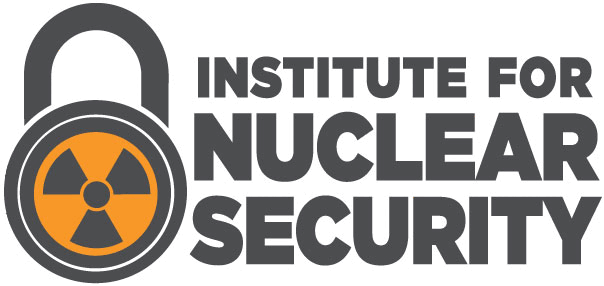Abstract
In October 2000, the United Nations Security Council unanimously passed Resolution 1325 on Women, Peace and Security (WPS). To date, more than half (107) of all United Nations member states have adopted National Action Plans to address the experiences of women and girls in conflict and their security needs as required by the resolution. The United States is among them, with the US Department of Defense, US Department of State, US Agency for International Development, and US Department of Homeland Security each issuing their own implementation plans for WPS. Importantly, the US Department of Energy (DOE), and most especially, the National Nuclear Security Administration (NNSA), despite having much to offer on the implementation of WPS, has been noticeably absent in this policy space. In this article, we lay out the opportunities that exist for DOE and NNSA to implement WPS. First, we present an analysis of what states around the world have included in their National Action Plans with regard to energy, nuclear, and environmental policies as these are most closely related to the work of DOE. Then, we consider opportunities for DOE to build upon these links by adopting practices toward gender balancing (i.e., increasing the inclusion of women) and gender mainstreaming (i.e., assessing the influence of gender on policy outcomes). By adopting gender balancing and gender mainstreaming practices, DOE can affect the inclusion of women within its institutions and the lived experiences of women outside of them.
DOI
https://doi.org/10.7290/ijns979673
Recommended Citation
Gallagher, Maryann E. and Howell, Elizabeth
(2023)
"Opportunities for Linking Women, Peace and Security to the US Department of Energy,"
International Journal of Nuclear Security:
Vol. 8:
No.
2, Article 12.
https://doi.org/10.7290/ijns979673
Available at:
https://trace.tennessee.edu/ijns/vol8/iss2/12
Creative Commons License

This work is licensed under a Creative Commons Attribution 4.0 International License.


